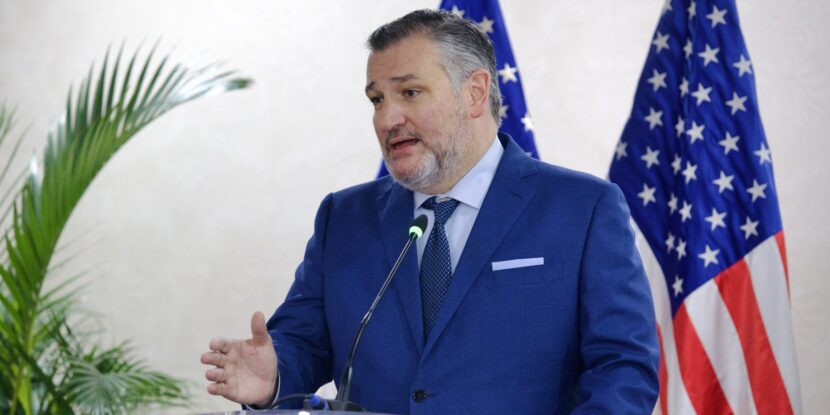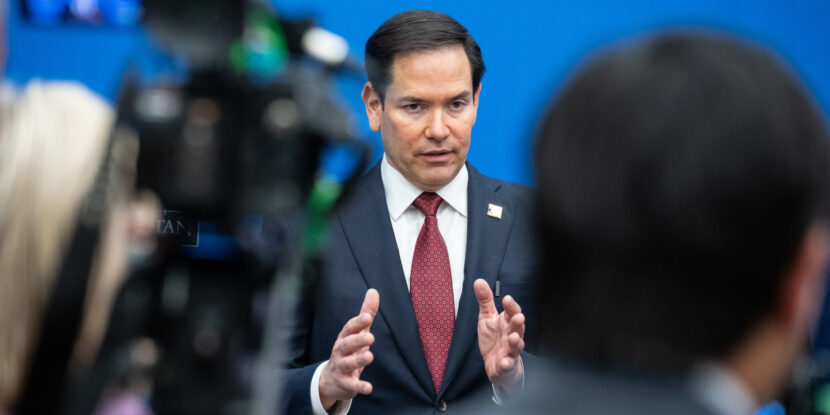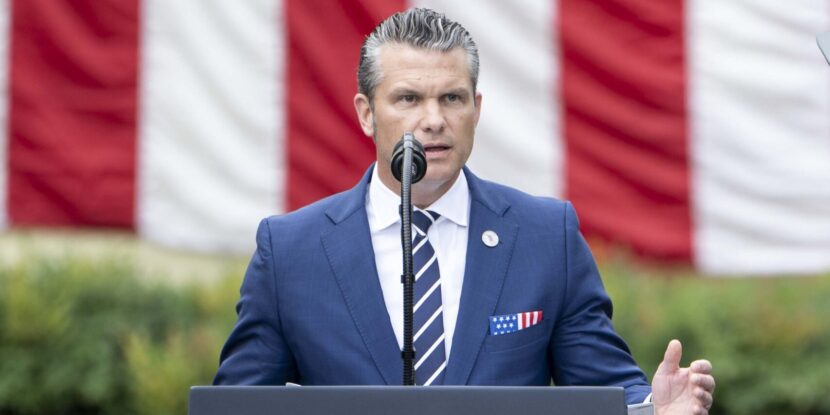PULSE POINTS:
❓What Happened: The Trump administration plans to shift Greenland from U.S. European Command to U.S. Northern Command, which is tasked with homeland defense, signaling President Donald J. Trump’s intention to acquire the Danish territory.
👥 Who’s Involved: President Donald J. Trump, Vice President J.D. Vance, U.S. military officials, and Greenland’s population.
💬 Key Quote: “We have to have Greenland,” President Trump stated during Vice President Vance’s visit to the island earlier this year.
⚠️ Impact: The move underscores Greenland’s strategic importance to U.S. national security and ambition to bring it under U.S. control.
IN FULL:
The Trump administration is reportedly preparing to reassign Greenland from the U.S. European Command to the U.S. Northern Command, a move seen as emphasizing both its role in homeland defense and President Donald J. Trump’s ambition to acquire it. The U.S. Northern Command oversees defense operations for the continental United States, Alaska, and neighboring nations such as Canada and Mexico.
U.S. officials say the change reflects a strategic shift in viewing Greenland as critical to American security. Acquiring Greenland, currently under the Kingdom of Denmark, has been a focal point for the Trump administration.
During a March visit to Greenland’s Pituffik Space Base, Vice President J.D. Vance criticized Denmark for inadequate investment in the island’s infrastructure and security. The base, equipped with missile detection systems, is considered vital to U.S. defense interests.
President Donald J. Trump has maintained his interest in acquiring Greenland due to its value for national security and its rare earth mineral resources. During Vance’s March visit, Trump remarked, “We have to have Greenland.” In a speech to Congress, Trump pledged significant development opportunities for Greenland, stating, “We will make you rich, and together, we will take Greenland to heights like you have never thought possible before.”
Greenland lies at the entrance to the Northwest Passage, which passes through the northern islands of Canada. It could become a major strategic searoute if temperatures rise in the northern hemisphere.





















